文旅案例 | 菜园餐厅:开发"餐饮+"复合业态、形成"从田间到餐桌"的完整叙事链条
随着消费升级和旅游市场的多元化发展,文旅项目不断寻求创新突破。菜园餐厅作为一种新兴业态,将餐饮、农业与旅游体验有机结合,正逐渐成为文旅项目中的亮点,当前菜园餐厅业态呈现出三大明显发展趋势。
首先是生态化与可持续发展导向。消费者对绿色健康生活方式的追求促使菜园餐厅更加注重有机种植、环保材料和零浪费理念的实践。许多领先的菜园餐厅已经实现了从农场到餐桌的全程可追溯系统,这不仅满足了消费者的食品安全需求,也成为其核心卖点之一。
其次是体验化与互动性增强。现代消费者不再满足于被动接受服务,而是渴望参与创造的过程。菜园餐厅通过设计采摘体验、烹饪工作坊、农事教育等活动,让顾客从单纯的"食客"转变为"参与者"。这种沉浸式体验大大提升了顾客的满意度和停留时间,进而带动二次消费。
最后是科技赋能与智慧化运营。物联网技术应用于种植监控,大数据分析优化菜品推荐,AR/VR技术增强用餐体验,这些科技创新正在重塑菜园餐厅的运营模式。例如,部分前沿餐厅已实现顾客通过手机APP实时查看食材生长情况,预约采摘时段,甚至参与远程种植决策,极大地增强了互动性和趣味性。
With the upgrading of consumption and the diversified development of the tourism market, cultural tourism projects are constantly seeking innovative breakthroughs. As a new form of business, vegetable garden restaurant organically combines catering, agriculture and tourism experience, and is gradually becoming a highlight in cultural tourism projects. This paper aims to analyze the development trend of vegetable garden restaurant, explore its link with cultural and tourism projects, and propose feasible business format implantation strategies to provide reference for relevant practitioners and promote the healthy development of this business format. Currently, vegetable garden restaurant business presents three obvious development trends.
The first is ecological and sustainable development orientation, consumers' pursuit of a green and healthy lifestyle prompts the garden restaurant to pay more attention to the practice of organic planting, environmentally friendly materials and zero waste concept. Many leading garden restaurants have implemented traceability systems from farm to table, which not only meets the food safety needs of consumers, but also becomes one of their core selling points.
The second is experiential and interactive enhancement. Modern consumers are no longer satisfied with passively receiving services, but are eager to participate in the process of creation. By designing picking experiences, cooking workshops, farming education and other activities, Garden Restaurant transforms customers from mere "diners" to "participants". This immersive experience greatly improves customer satisfaction and stay time, which in turn drives secondary consumption.
Finally, technology empowerment and intelligent operation. The application of iot technology to planting monitoring, big data analysis to optimize dish recommendations, and AR/VR technology to enhance the dining experience are reshaping the operating model of garden restaurants. For example, some cutting-edge restaurants have enabled customers to view the growth of ingredients in real time through mobile apps, book picking periods, and even participate in remote planting decisions, greatly enhancing the interaction and interest.
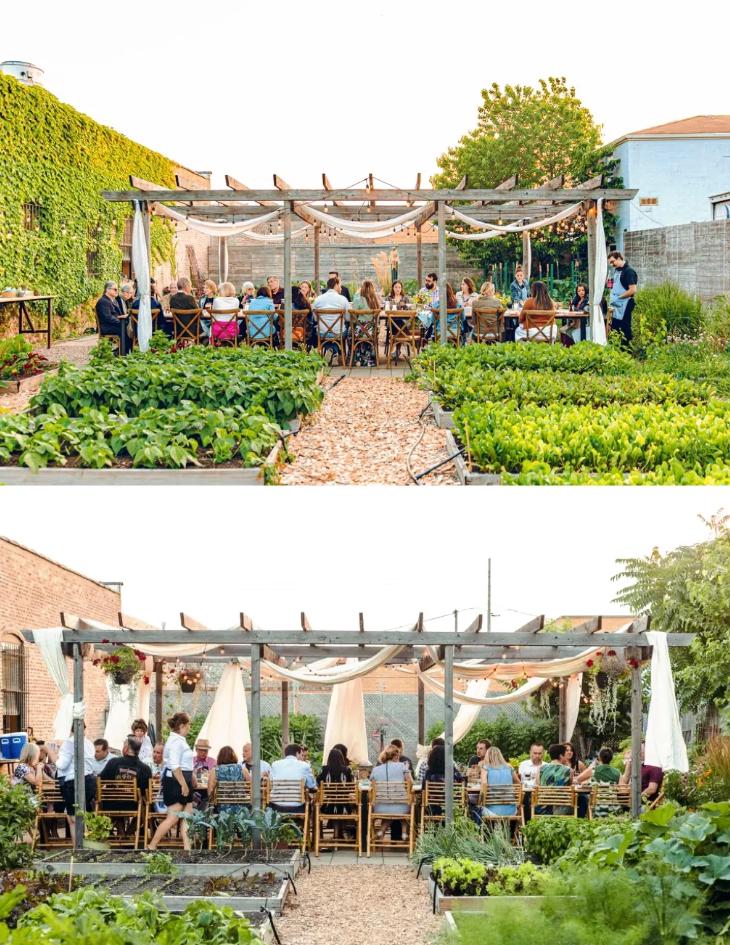
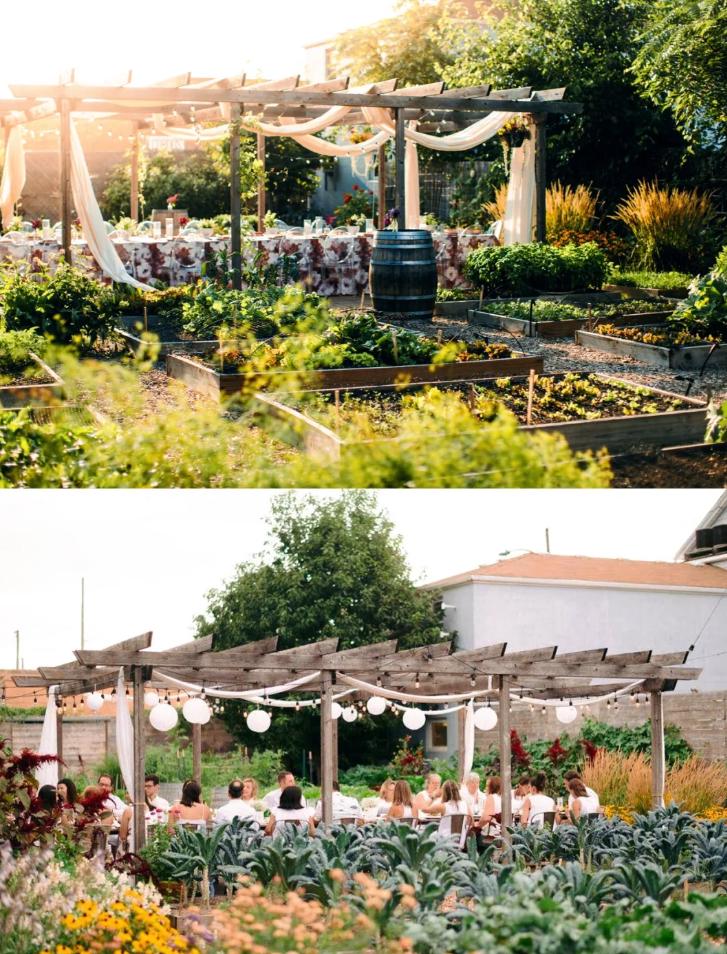
一、菜园餐厅与文旅项目的链接方式
菜园餐厅与文旅项目的深度融合可以从主题定位、空间规划和活动策划三个维度实现。
在主题定位方面,菜园餐厅应与文旅项目的整体主题相呼应,形成协同效应。如历史文化类景区可打造"古法农耕"主题餐厅,滨海度假区则可发展"海洋生态"特色菜园,通过主题一致性强化项目整体吸引力。
空间规划上,菜园餐厅应突破传统餐饮场所局限,与文旅项目的其他功能区域有机串联。理想状态是将餐厅、菜园、加工区、体验区等空间科学布局,形成完整的参观动线。例如,游客可以从种植区开始体验,经过采摘环节,最后到达用餐区,形成"从田间到餐桌"的完整叙事链条。
活动策划是增强粘性的关键。菜园餐厅可结合文旅项目的节庆活动、教育项目和季节性特色,设计系列参与性活动。春季播种节、秋季丰收祭、周末农夫市集等定期活动能有效吸引回头客;与学校合作的食农教育课程则可拓展稳定的团体客源。这些活动不仅增加营收渠道,更能培养忠实的消费社群。
1. The link between garden restaurant and cultural tourism project
The deep integration of garden restaurant and cultural tourism project can be realized from three dimensions: theme positioning, spatial planning and activity planning. In terms of theme positioning, the garden restaurant should echo the overall theme of the cultural tourism project and form a synergistic effect. For example, historical and cultural scenic spots can create "ancient farming" theme restaurants, and coastal resorts can develop "Marine ecology" characteristic gardens to strengthen the overall attraction of the project through theme consistency. In terms of spatial planning, vegetable garden restaurant should break through the limitations of traditional dining places and organically connect with other functional areas of cultural tourism project. The ideal state is to scientifically arrange the space of restaurants, vegetable gardens, processing areas, experience areas, etc., to form a complete tour line. For example, visitors can experience from the planting area, through the picking process, and finally to the dining area, forming a complete narrative chain "from field to table".
Event planning is the key to stickiness. The Garden restaurant can design a series of participatory activities in combination with the festival activities, educational projects and seasonal characteristics of the cultural tourism project. Regular events such as spring planting festivals, autumn harvest festivals and weekend farmers' markets are effective in attracting repeat customers. Food and agricultural education programs in cooperation with schools can expand a stable group of customers. These activities not only increase revenue channels, but also cultivate a loyal consumer community.
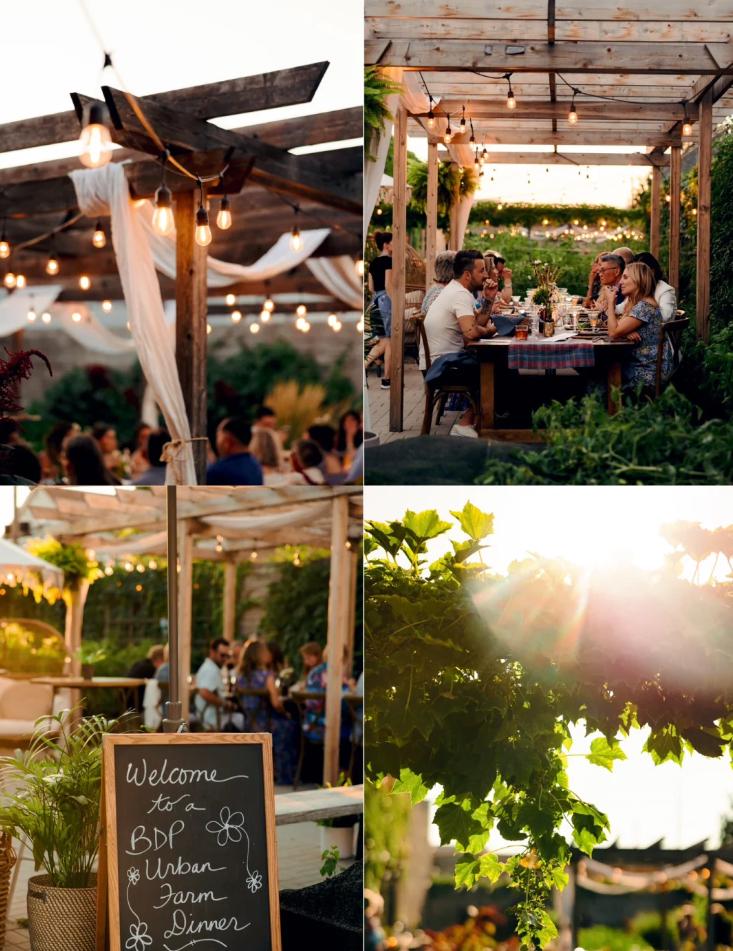
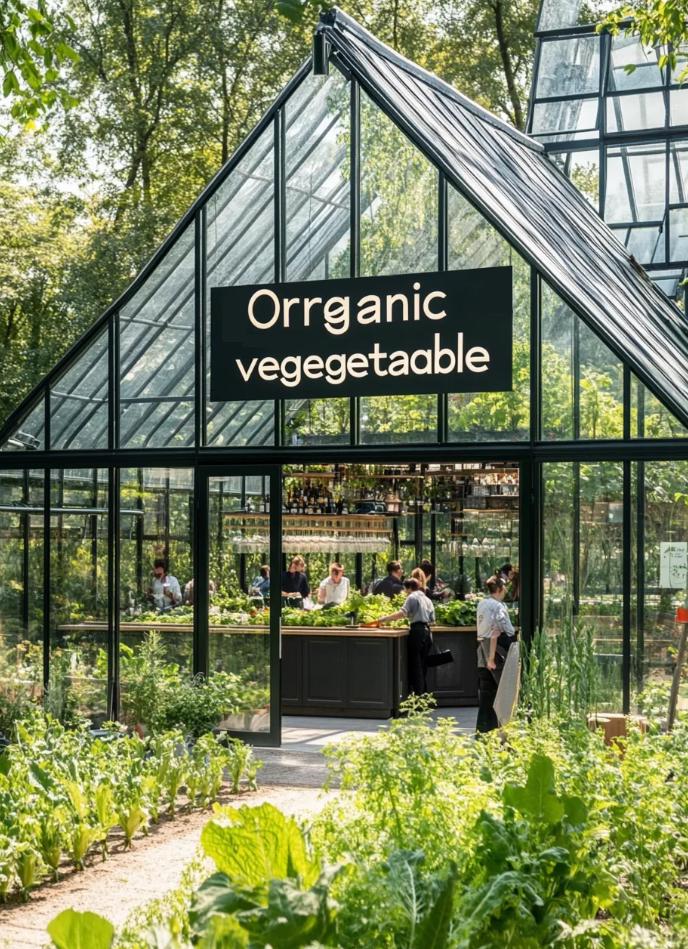
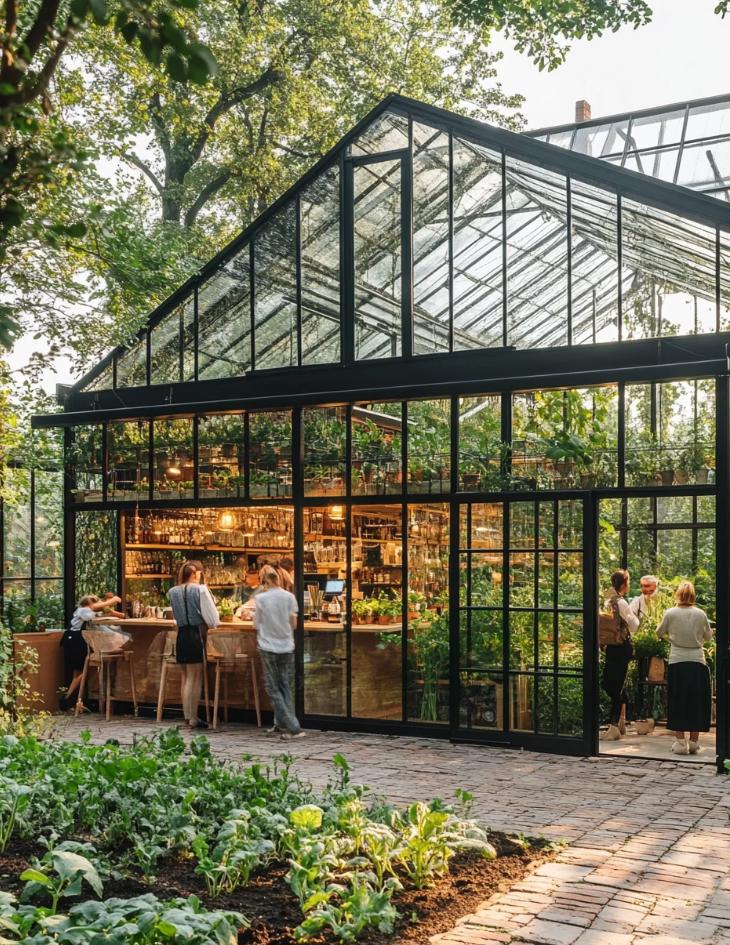
二、业态植入与产品创新策略
要实现菜园餐厅的爆火与持续盈利,必须在业态组合和产品设计上进行创新突破。首先,建议开发"餐饮+"复合业态,如结合亲子乐园的"小小农夫"体验区、融入手作工坊的"美食DIY"空间、搭配养生SPA的"蔬果美容"项目等。这种业态组合能显著延长顾客停留时间,提高人均消费额。
在产品层面,可推出系列特色商品与服务。基于餐厅自产食材开发伴手礼套装,如有机调味料、特色酱料、干货组合等;设计"从种子到菜品"的会员认养计划,让顾客远程参与种植并享受专属收成;开发主题住宿产品,如"星空下的菜园晚餐"、"晨露采摘+早餐"等特色套餐,实现全天候经营。
数字化运营是提升效率的重要手段。建立会员大数据系统,精准分析消费偏好;开发线上商城,延伸销售半径;利用社交媒体打造网红打卡点,通过用户生成内容实现低成本传播。这些数字化手段能有效扩大影响力,降低获客成本。
Second, format implantation and product innovation strategy In order to achieve the explosive and sustainable profitability of vegetable garden restaurants, innovative breakthroughs must be made in the format combination and product design. First of all, it is suggested to develop "catering +" composite formats, such as the" Little farmer "experience area combined with the parent-child paradise, the" food DIY" space integrated into the handwork workshop, and the "fruit and vegetable beauty" project with the health SPA. This type of business combination can significantly extend the customer stay time and increase the per capita consumption. At the product level, a series of featured goods and services can be launched. Develop gift sets based on the ingredients produced by the restaurant, such as organic seasonings, special sauces, dry product combinations, etc. Design a "seed to dish" membership adoption program, allowing customers to remotely participate in planting and enjoy exclusive harvest; Develop themed accommodation products, such as "Garden dinner under the stars", "Morning dew picking + breakfast" and other special packages to achieve all-weather management. Digital operations are an important means to improve efficiency. Establish a big data system for members to accurately analyze consumption preferences; Develop online mall to extend sales radius; Use social media to create influencer punch points and achieve low-cost dissemination through user-generated content. These digital methods can effectively expand influence and reduce customer acquisition costs.
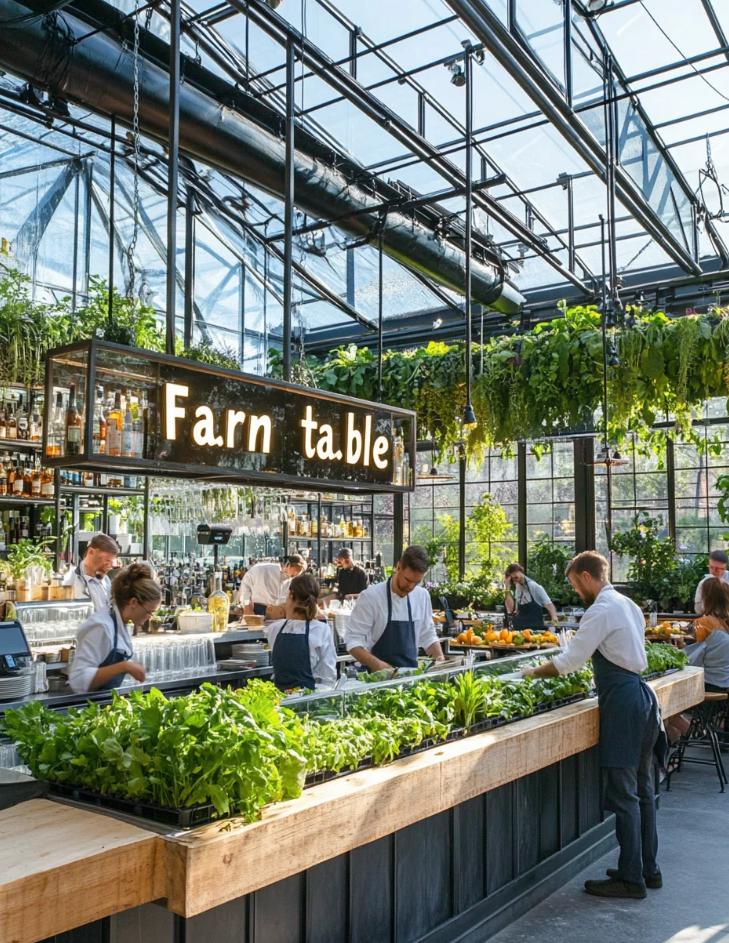
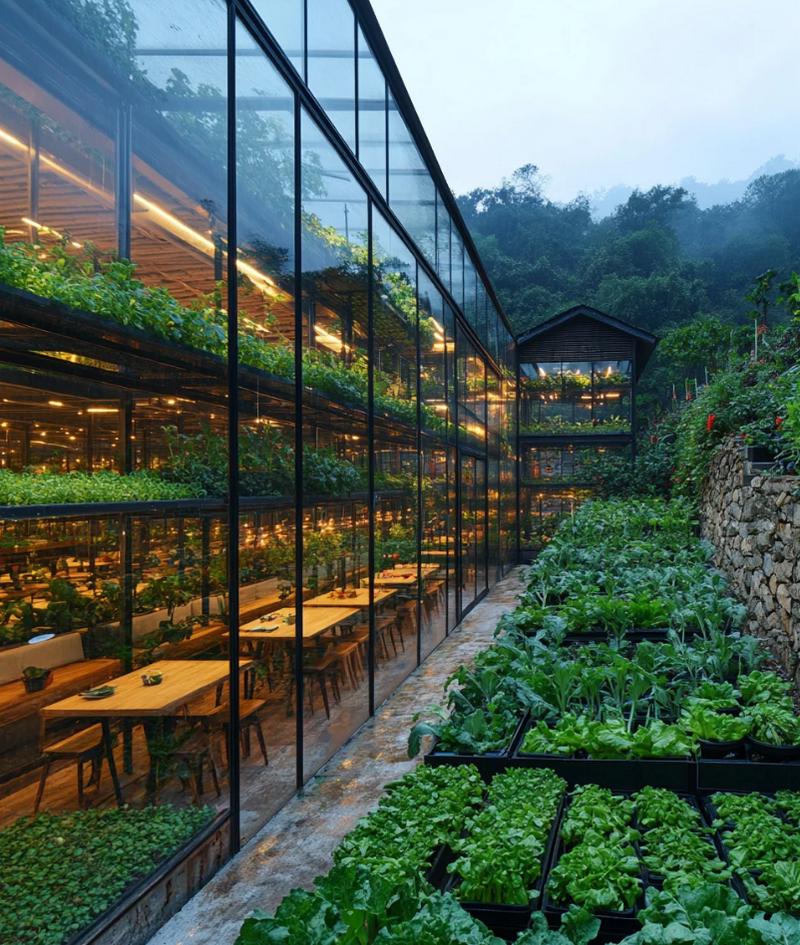
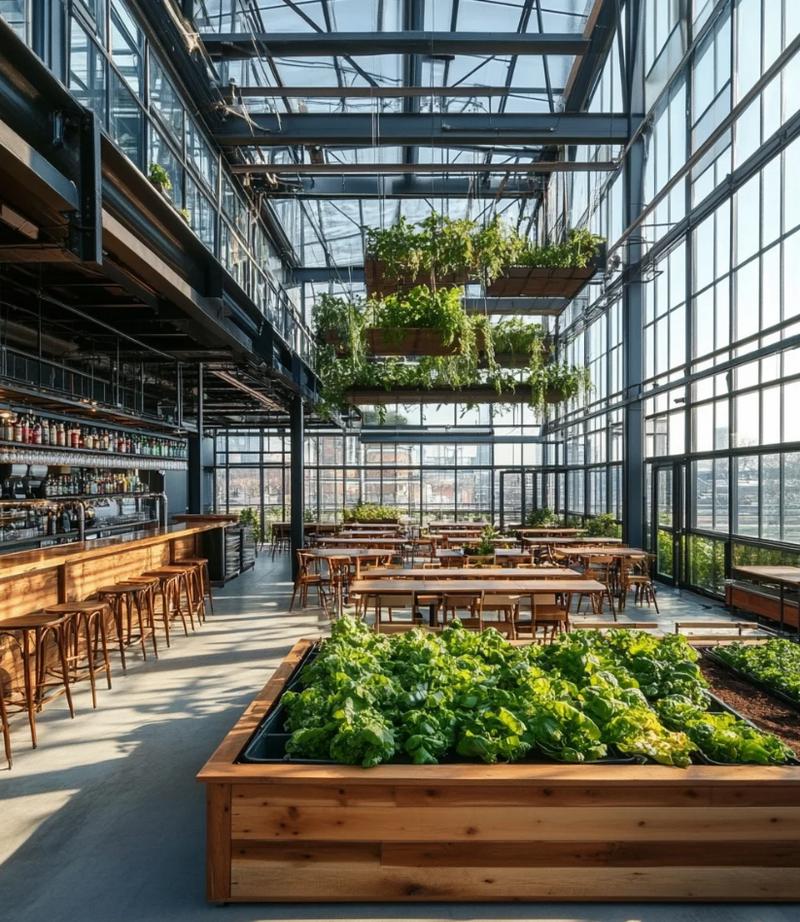
三、实现爆火与盈利的运营策略
成功的运营策略需要兼顾短期爆红与长期盈利。营销方面,可策划"明星食材发布会"、"主厨餐桌"等事件营销活动,制造话题热度;与美食博主、育儿专家等KOL合作,进行精准种草;设计具有强烈视觉冲击力的打卡点,激发用户自发传播。
服务体验上,应培训员工具备农业知识和服务技能的双重素养,使其能专业地解答顾客问题并引导参与体验;设计标准化的体验流程,确保服务质量的一致性;建立即时反馈机制,快速响应顾客需求,持续优化体验细节。
成本控制方面,可采用"预售+预约"模式平衡客流与食材供应;发展在地合作伙伴关系,降低物流成本;实施精细化能源管理,减少浪费;开发季节性限定产品,提高食材利用率。这些措施能有效提升运营效率,保障合理利润空间。
菜园餐厅作为文旅融合的创新业态,具有广阔的发展前景。从业者应把握生态化、体验化、科技化的行业趋势,深度链接文旅项目资源,通过业态创新和产品优化打造差异化竞争优势。同时,注重数字化运营和成本控制,实现社会效益与经济效益的双赢。未来,随着消费者对健康生活和深度体验需求的持续增长,菜园餐厅有望成为文旅项目中不可或缺的亮点业态,为行业发展注入新的活力。
Third, to achieve fire and profit operating strategy
A successful business strategy requires both short-term success and long-term profitability. In terms of marketing, we can plan event marketing activities such as "star food launch conference" and "Chef's Table" to create topic heat; Cooperate with Kols such as food bloggers and parenting experts to carry out precision grass planting; Design a punch point with strong visual impact to stimulate users to spread spontaneously. In terms of service experience, employees should be trained to have both agricultural knowledge and service skills, so that they can professionally answer customer questions and guide participation experience; Design standardized experience process to ensure consistency of service quality; Establish an instant feedback mechanism, quickly respond to customer needs, and continuously optimize experience details. In terms of cost control, the "pre-sale + reservation" mode can be used to balance passenger flow and food supply; Develop local partnerships to reduce logistics costs; Implement refined energy management to reduce waste; Develop seasonal limited products to improve the utilization of ingredients. These measures can effectively improve operational efficiency and ensure reasonable profit margins.
As an innovative form of cultural and tourism integration, vegetable garden restaurant has a broad development prospect. Practitioners should grasp the ecological, experiential, and technological industry trends, deeply link cultural tourism project resources, and create differentiated competitive advantages through format innovation and product optimization. At the same time, pay attention to digital operation and cost control, to achieve a win-win situation of social and economic benefits. In the future, with the continuous growth of consumers' demand for healthy living and in-depth experience, vegetable garden restaurants are expected to become an indispensable highlight of cultural tourism projects, injecting new vitality into the development of the industry.
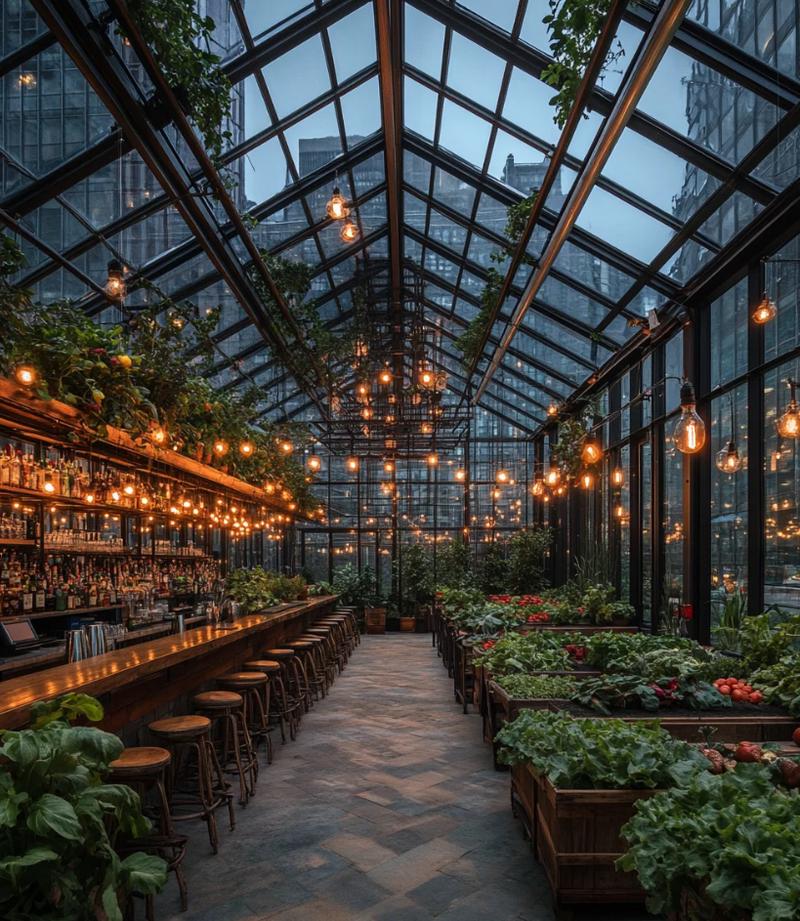
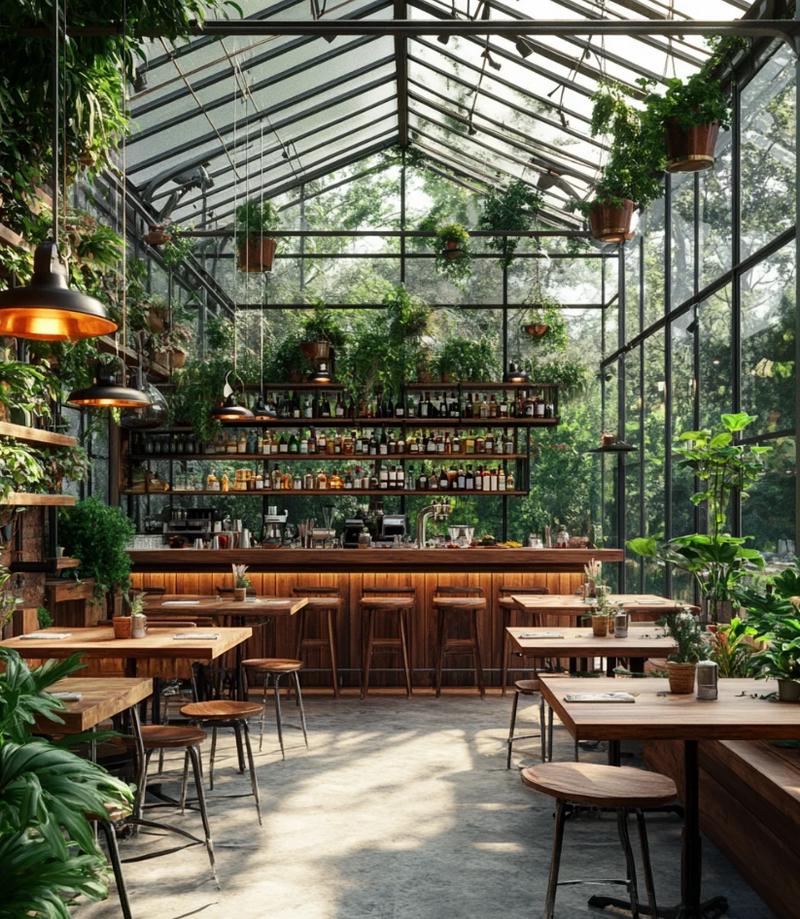
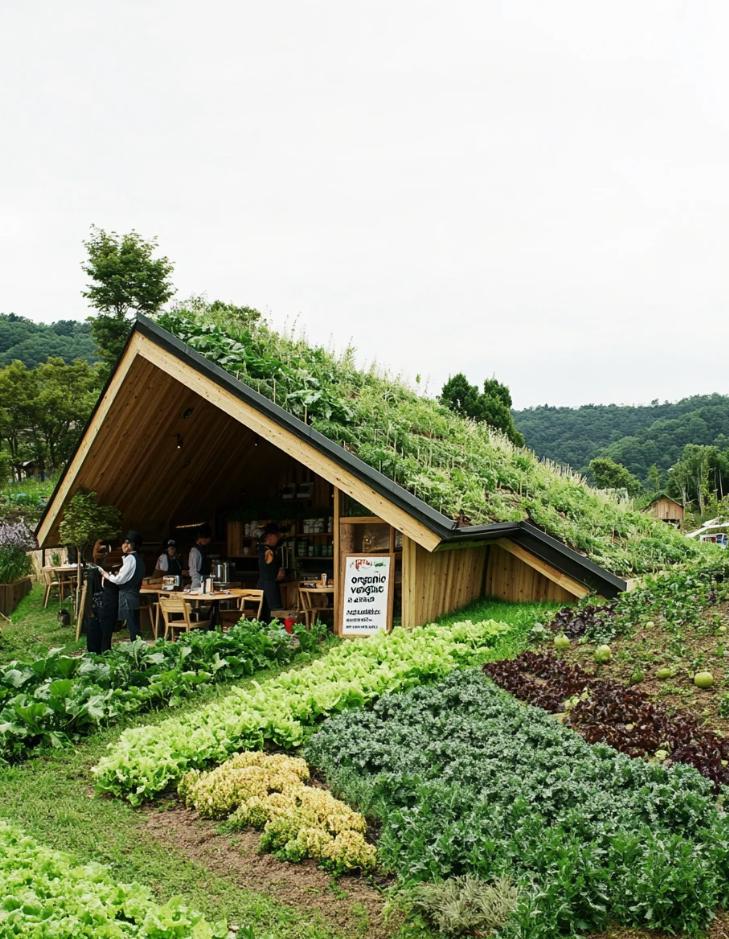
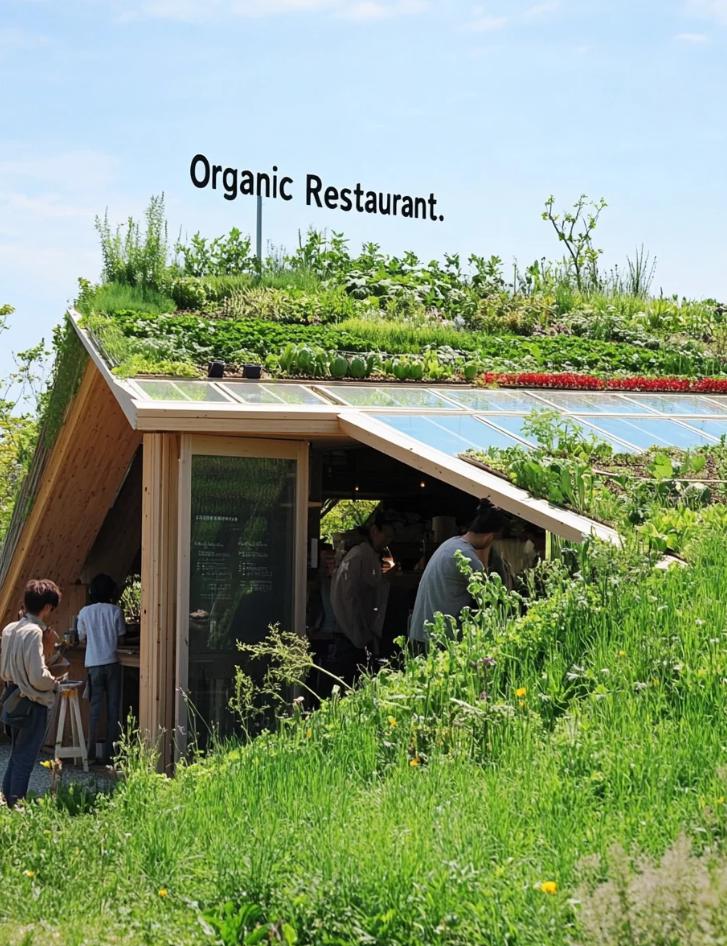
案例一:意大利"Eataly"成功之道
一、背景分析:Eataly的诞生与市场定位,2007年,意大利商人奥斯卡·法林内蒂(Oscar Farinetti)在都灵创立了第一家Eataly,其核心理念是"慢食+在地化"。当时全球快餐文化盛行,但消费者对食品安全和饮食文化的关注度逐渐提升。Eataly敏锐捕捉这一趋势,定位为"高端农贸市场+特色餐厅+美食教育中心"的复合业态,目标客群为中产阶级家庭、美食爱好者和旅游人群。截至2023年,Eataly已在全球开设40余家门店,年营收超5亿欧元,成为"农场到餐桌"模式的全球典范。它的成功不仅在于美食,更在于构建了一个完整的意大利饮食文化体验系统。
二、规划布局:科学动线设计,延长停留时间,Eataly的规划逻辑是"逛-吃-学-买"闭环,让消费者自然地从浏览到消费,再到复购:零售区(Market):陈列意大利本土食材(橄榄油、奶酪、红酒等),价格中高端,强调原产地故事。餐饮区(Restaurant):设置多个主题餐厅(如披萨店、海鲜吧、意面工坊),消费者可现场选购食材并加工。体验区(Workshop):定期举办烹饪课、品酒会、农夫市集,增强互动性。快闪区(Pop-up):结合季节或节日推出限时主题区(如圣诞集市、松露节)。效果:顾客平均停留时间达2-3小时,远超普通超市或餐厅,客单价提高30%以上。
三、产品业态:"餐饮+零售+教育"三位一体
Eataly的核心竞争力在于其复合业态,而非单一餐饮:餐饮业态:提供正餐、轻食、咖啡吧等多种选择,食材均来自合作农场,强调新鲜和有机。零售业态:销售意大利进口食品、厨具、伴手礼,部分商品可现场品尝后购买。教育业态:开设烹饪课程、农场探访、美食讲座,吸引家庭客群和美食爱好者。会员体系:推出Eataly World会员卡,提供专属折扣、活动优先权,增强用户粘性。
四、盈利模式:多元化收益,降低经营风险
Eataly的盈利不依赖单一餐饮,而是通过**"四轮驱动"**实现稳定现金流:
餐饮收入(占比40%):包括堂食、外卖、定制晚宴等。
零售收入(占比35%):食品、酒水、厨具等商品销售。
活动收入(占比15%):烹饪课、品鉴会、企业团建等。
品牌合作收入(占比10%):与农场、食品厂联名推广,收取佣金。
关键策略:高周转+高毛利结合:餐饮保证客流,零售提高毛利(食品零售毛利率可达50%以上)。会员经济:通过付费会员和储值卡锁定长期客户。文旅联动:与当地旅游局合作,推出"美食之旅"线路,吸引游客。
五、对中国文旅菜园餐厅的启示
Eataly的成功证明,菜园餐厅不能仅靠"吃饭"盈利,而应打造"可逛、可吃、可玩、可买"的复合空间。国内文旅项目可参考以下方向:空间设计:结合在地文化(如江南水乡、川西农庄)打造差异化场景。业态组合:增加亲子农耕体验、手作工坊等互动项目。盈利模式:发展"餐饮+零售+活动+会员"多元收益结构。数字化运营:利用小程序预约、直播带货等方式拓展线上销售。
Background analysis: The birth and market positioning of EatalyIn 2007, Italian businessman Oscar Farinetti founded the first Eataly in Turin, with the core concept of "slow food + local". At that time, the global fast food culture was prevalent, but consumers' attention to food safety and food culture was gradually increasing. Eataly is keen to capture this trend, positioning itself as a hybrid of "high-end farmers market + specialty restaurant + food education center", targeting middle-class families, food lovers and tourists. By 2023, Eataly has opened more than 40 stores around the world, with annual revenue of more than 500 million euros, and has become a global model of "farm to table". Its success lies not only in the food, but also in the construction of a complete Italian food culture experience system.
The planning logic of Eataly is to "shop - eat - learn - buy" closed loop **, so that consumers naturally from browsing to consumption, and then to buy again: retail area (Market) : display Italian local ingredients (olive oil, cheese, wine, etc.), the price is medium and high-end, emphasizing the origin story. Restaurant: Set up a number of theme restaurants (such as pizzeria, seafood bar, pasta workshop), consumers can buy and process ingredients on the spot. Workshop: Regular cooking classes, wine tastings and farmers' markets are held to enhance interaction. Pop-up zone (pop-up zone) : In conjunction with the season or holiday to launch a limited time theme area (such as Christmas market, truffle festival). Results: The average stay time of customers is 2-3 hours, far more than ordinary supermarkets or restaurants, and the price of customers is increased by more than 30%.
Product format: The core competitiveness of "catering + retail + education" trinity Eataly lies in its composite format, rather than a single catering: catering format: it provides a variety of choices such as dinner, light food, coffee bar, and other ingredients are from cooperative farms, emphasizing fresh and organic. Retail format: Sales of imported Italian food, kitchenware, hand gifts, some goods can be purchased after on-site tasting. Educational format: Cooking classes, farm visits, food talks to attract families and food lovers. Membership system: Launched Eataly World membership card to provide exclusive discounts, event priority and enhance user stickiness.
Profit model: Diversified income, reduce business risks Eataly's profit does not rely on a single restaurant, but through the **" four-wheel drive "** to achieve stable cash flow: catering income (40%) : including sit-down food, takeout, customized dinner, etc. Retail revenue (35%) : Sales of food, drinks, kitchenware, etc. Activity income (15%) : cooking class, tasting, business group building, etc. Brand cooperation income (10%) : Joint promotion with farms and food factories, commission.
Key strategies: Combination of high turnover and high gross profit: catering to ensure passenger flow, retail to improve gross profit (food retail gross profit rate can reach more than 50%). Membership economy: Lock in long-term customers with paid memberships and stored-value cards. Cultural and tourism linkage: Cooperate with the local tourism bureau to launch a "food tour" route to attract tourists. The success of Eataly proves that garden restaurants can not only rely on "eating" to make profits, but should create the best "stroll, eat, play, buy" complex space. Domestic cultural tourism projects can refer to the following directions: Space design: Combine the local culture (such as Jiangnan water town, west Sichuan farm) to create differentiated scenes. Business mix: Increase parent-child farming experience, hand workshops and other interactive projects. Profit model
Develop a diversified income structure of "catering + retail + activities + members". Digital operation: Expand online sales by means of small program reservation and live delivery.

 公众号二维码
公众号二维码
 小程序二维码
小程序二维码
